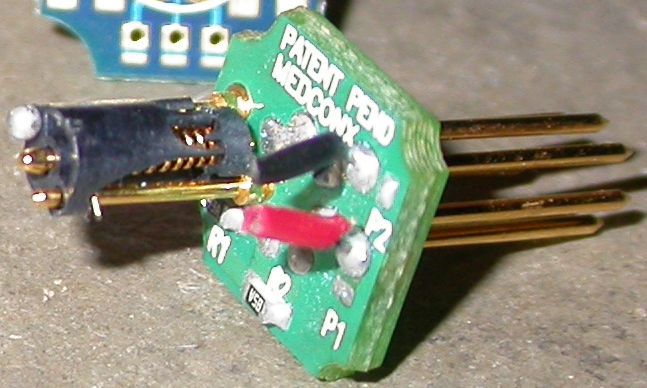Medical devices are expensive, even for hospitals, and so there is always a strong incentive to clean and re-use even “single use” or “disposable” devices. Medical devices also have very stringent cleaning requirements and typically undergo autoclave, Ethelene Oxide, or E-Beam sterilization. The problem is that most devices were never designed to be compatible with an autoclave (the most common sterilization method for refurbishers) and were never designed to be cleanable. Blood could, and would, get inside of nooks and crannies of a device or seep inside of catheters and tubes, dry, and not be able to be removed.
As an autoclave involves very high temperatures and lots of steam it is not suitable for devices made from plastic, can’t get wet, or are hard to completely dry (like is the case when long catheters or other thin tubes are involved). E-Beam sterilization involves bombarding the device with lots and lots of radiation to destroy any bacteria and viruses that may be anywhere in the device or the packaging. This solves all the problems from the autoclave but requires that all the materials be very radiation stable and precludes the use of any kind of semiconductors (the radiation will destroy transistors and mess with any saved data in a device). Ethelene Oxide is a poisonous gas that packaged devices are pressure cooked in. The process is slow and expensive and requires the packaging to be somewhat porous which means that devices have a sterilization shelf life.
The Mechanical Use Limiter was designed for use with Ethelene Oxide and E-Beam sterilization. The device needed to have as small as possible a diameter but could be relatively tall as it was expected to be installed inside the electrical connector of a disposable medical device. Expectations were that 3 insertions of the electrical connector would be sufficient: once for final testing and QA of the finished device and two for use in the hospital.
